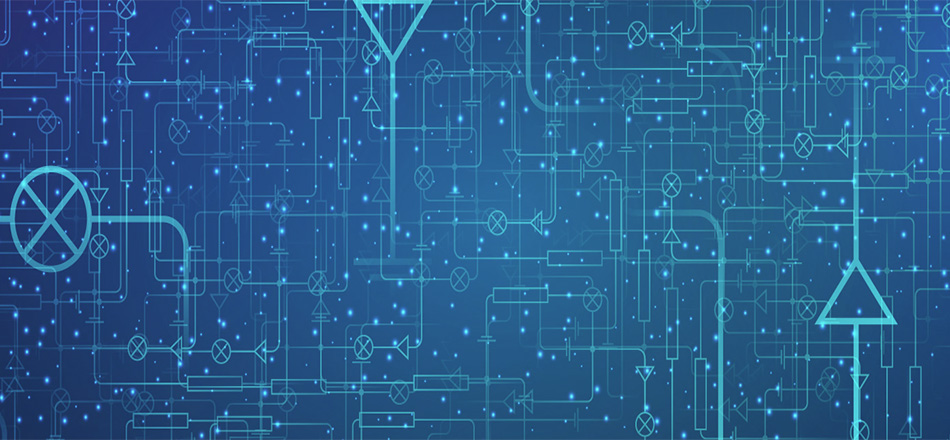« PEPER » project

The world of electrical energy is facing major structural changes: electricity use is constantly on the rise, and climate issues are forcing an increase in the share of renewable energies in production (solar and wind power).
Florence Ossart, professor at the Laboratoire de Génie Electrique de Paris (CNRS, CentraleSupélec, Université Paris-Sud, Sorbonne Université), Hossam Afifi, professor at Télécom SudParis and Jordi Badosa, project leader at École polytechnique's Laboratoire de Météorologie Dynamique (CNRS, École polytechnique, ENS Paris-Saclay, Sorbonne University) have decided to combine their disciplines (energy, telecom and meteorology) with the aim of introducing information systems into power grids to enable these two worlds to communicate with each other. The DATAIA Institute is offering them a workspace to bring this project to fruition.
Prosumption": adapting consumer behaviour to the resources available when they are available
The PEPER project will study 3 concepts that need to work together to create a balanced system for efficient management of renewable energies: production, consumption and storage. The first objective is to predict the production of electrical energy from renewable sources on the basis of weather forecasts, which give, for example, the amount of sunshine, temperature, wind, etc., and to assess the quality of these forecasts. Secondly, we need to study user behavior to be able to predict their consumption: “Using data from cell phones, for example, we're going to study human presence in a given area to predict their behavior and energy consumption,” explains Florence. Finally, we need to compensate in real time for the difference between production and consumption, on the one hand by means of appropriate storage facilities, and on the other by adapting consumption to production whenever possible. This is what we call “prosumption”.
Production, consumption and storage form a network
"There's a lot of data,” emphasizes Jordi, ”from different sources (weather, consumption, mobility, production...) with different temporal and spatial resolutions. The idea is to understand how we can combine them to know the state of an electrical network at a given moment and make decisions on the collaborative management of this energy”. The aim of the PEPER project is to gather data on the various players in this network, and to exploit learning and Deep Reinforcement Learning techniques to develop algorithms for forecasting the production and consumption of each player, and then for cooperation between them. “For this project, we have data collected from buildings on our campuses. The Communauté d'Agglomération Paris-Saclay is also going to provide us with a building to be wired to study the various consumption levels. The aim is to create an algorithm that will use the data collected to better manage energy savings without compromising user comfort,” explains Hossam.
A collaborative project
"We've been getting together for a year now and trying to set up a project,” says Jordi. "We realized that, on the Saclay plateau, several laboratories from different disciplines were working on the subject of renewable energies, micro-grids (self-generating and consuming energy), etc. We felt it was necessary to tackle these issues in an interdisciplinary way. We felt it was necessary to take an interdisciplinary approach.". Inspired by collaborations such as Allistene (1) and Ancre (2), the PEPER project will give concrete expression to this desire to bring disciplines together around the theme of energy.
(1)Allistene: an alliance whose aim is to coordinate the various players involved in digital science and technology research, in order to draw up a coherent and ambitious program of research and technological development.
(2)Ancre: national alliance for the coordination of energy research, bringing together 19 research and innovation organizations and conferences of higher education establishments in the energy field.
Article published
September 2021 - A new deep reinforcement approach for IIoTMicrogrid energy management systems
Contacts : Florence Ossart | Hossam Afifi | Jordi Badosa





